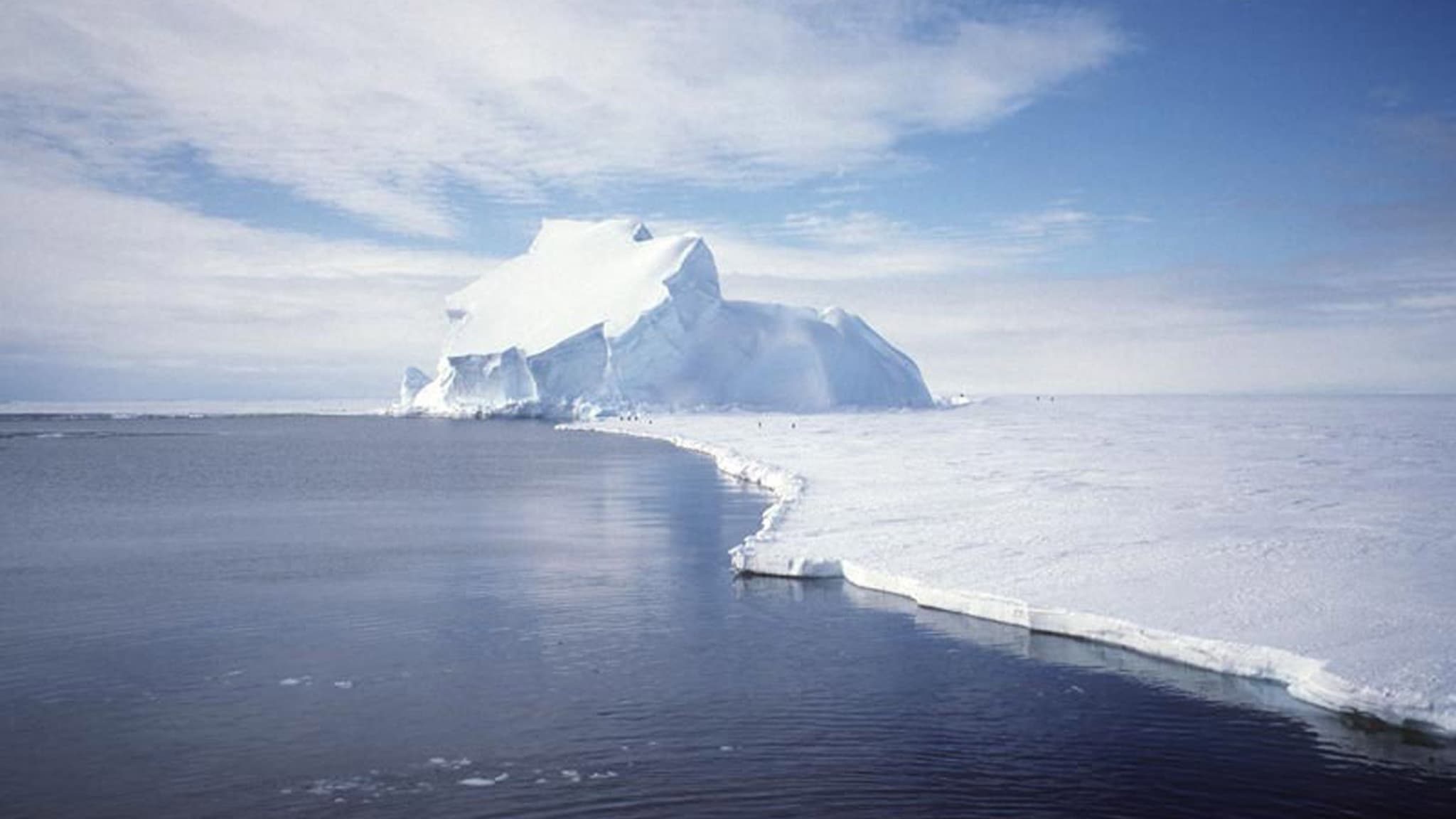The Arctic sea's ice has reached the second-lowest minimum extent on record at 4.14 million square kilometers (about 1.6 million square miles), according to the National Snow & Ice Data Center (NSIDC).
Scientists have monitored the seasonal recession of ice in the Arctic via satellite since the early 2000s. And this year's ice level, taken this September, is already 10,000 square kilometers (about 6,200 square miles) less than 2007 — which was previously the second minimum on record.
"During the first ten days of September, the Arctic lost ice at a faster than average rate. Ice extent lost 34,100 square kilometers (13,200 square miles) per day compared to the 1981 to 2010 long-term average of 21,000 square kilometers (8,100 square miles) per day," the NSIDC said. "The early September rate of decline also greatly exceeded the rate observed for the same period in 2012 (19,000 square kilometers, or 7,340 square miles, per day)."
The lowest Arctic sea ice extent on record was taken in 2012 at 3.39 million square kilometers (1.3 million square miles). Although 2016's Arctic sea ice levels haven't set an overall record, NSIDC Director Mark Serreze said the data "reinforced the overall downward trend."
"There is no evidence of recovery here," Serreze told CBC.
Scientists have interpreted the alarming data to mean different things. One theory argues the melting Arctic sea ice could affect the jet stream and weather conditions farther south.
What is clear is the situation will not improve anytime soon, unless we take dramatic measures against climate change.
"We've always known that the Arctic is going to be the early warning system for climate change," Serreze said. "What we've seen this year is reinforcing that."
Share This Article
